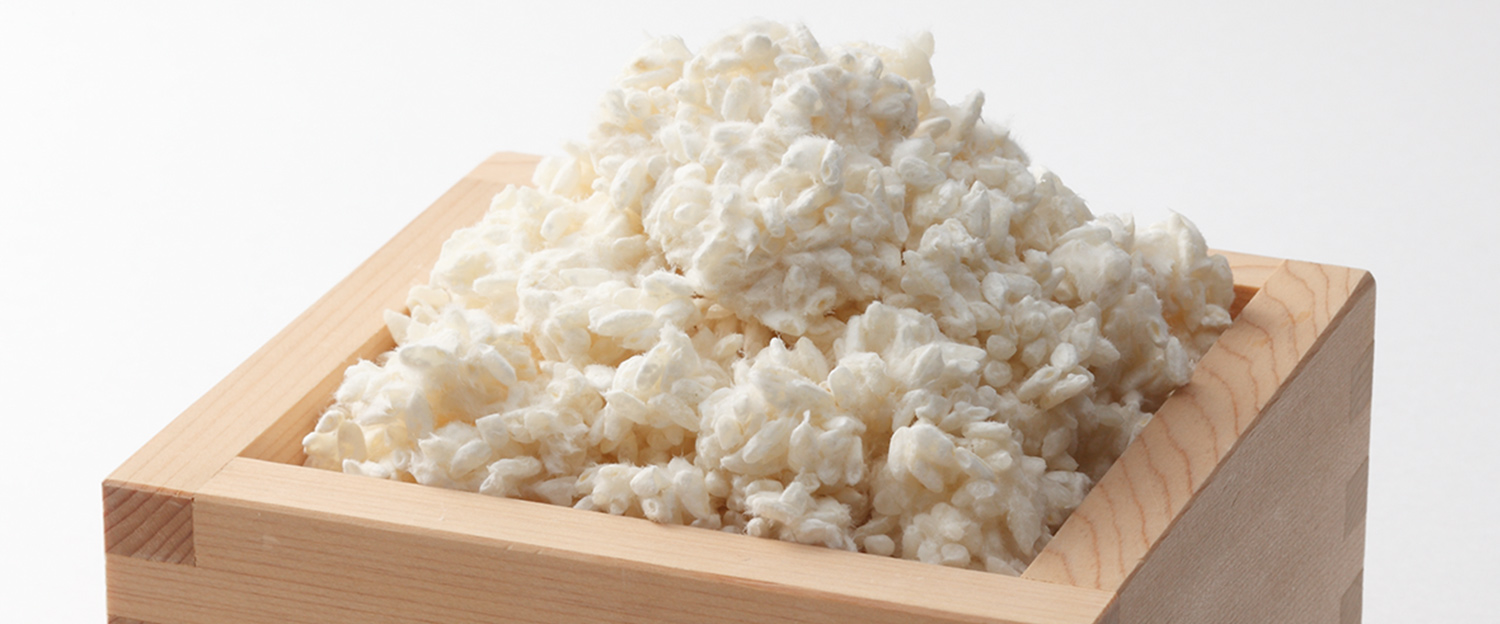


Koji is essential for seasonings such as soy sauce and miso, which are basics of traditional Japanese cuisine. It is not an overstatement to say that the "power of koji" has supported Japan's unique culinary culture.
Koji has supported the dietary life of Japan for more than 2000 years.
"Shio-Koji" (salted Koji) was popularized in 2012, and is now used in Asia and around the world. Koji has long history and has been part of the dietary life of people in Japan for more than 2000 years. Let's take a look at the long history of koji.
Seasonings and food and drink, such as miso, soy sauce, mirin, and Japanese sake, which are made through fermentation are said to have originated in China. Among these, koji is thought to have been used for more than 2000 years. It is strongly connected to people's lives.
Koji is also used in current technology in Japan, as well as East Asia such as South Korea and Indonesia.
There are various theories on how koji came to be used. Some say that it was introduced at the same time as rice farming during the Yayoi period, others say that it began with sake made with koji during the Kofun period.
A record of koji used in sake can be found in Harimanokuni Fudoki (record of the culture and geography of the Harima province) from the Nara period in the early 8th Century, where it says, "some dried, cooked rice got wet and mold formed. This was used to make sake." This is most likely how use of koji began in Japan.
Powered moyashi bean sprouts (kikujin), from which koji mold spores can be easily collected, was developed and marketed.
Commoners in the Edo period traditionally drank Amazake * to overcome the hot summer days.
Amazake is said to have a high nutritional value, and aids in the recovery of physical strength. It was popular with many people.
In those days, Amazake vendors walking the streets selling their amazake was a summer tradition. Amazake is even used as a seasonal word in Haiku poetry.
* Today, Amazake is called a "drinkable IV (intravenous infusion)".
Before the Meiji period, people called "Koji Shu" monopolized koji production and marketing. Koji was sold, but it was not sold as "seed koji" (koji starter). Tane-koji was thought to be their secret product.
In 2006, the Brewing Society of Japan designated koji as "a valuable asset carefully nurtured and used by our ancestors," and certified koji as Japan's "national mold". Ancient people recognized koji mold from among various molds as valuable, and used it for miso, soy sauce, Japanese sake, etc.